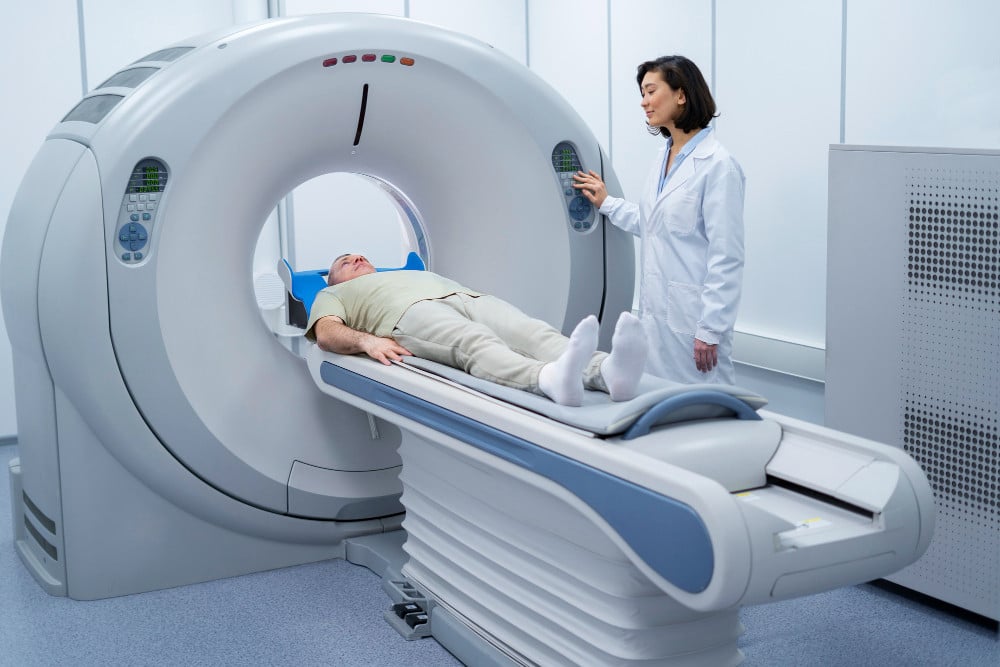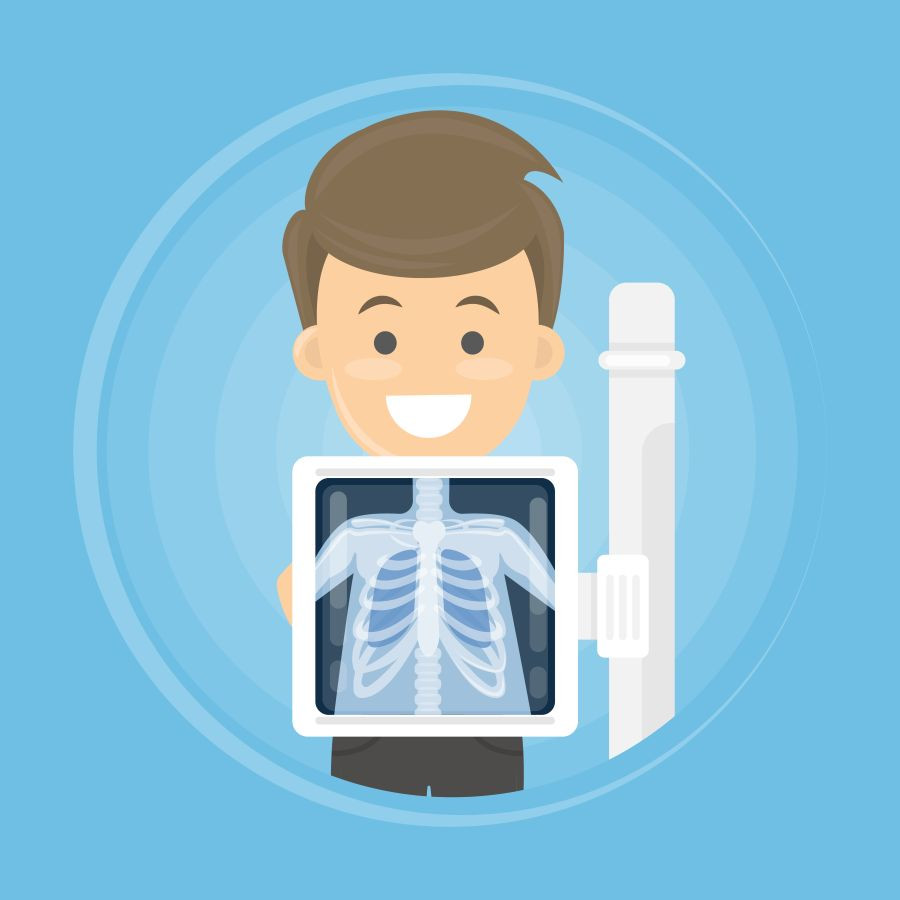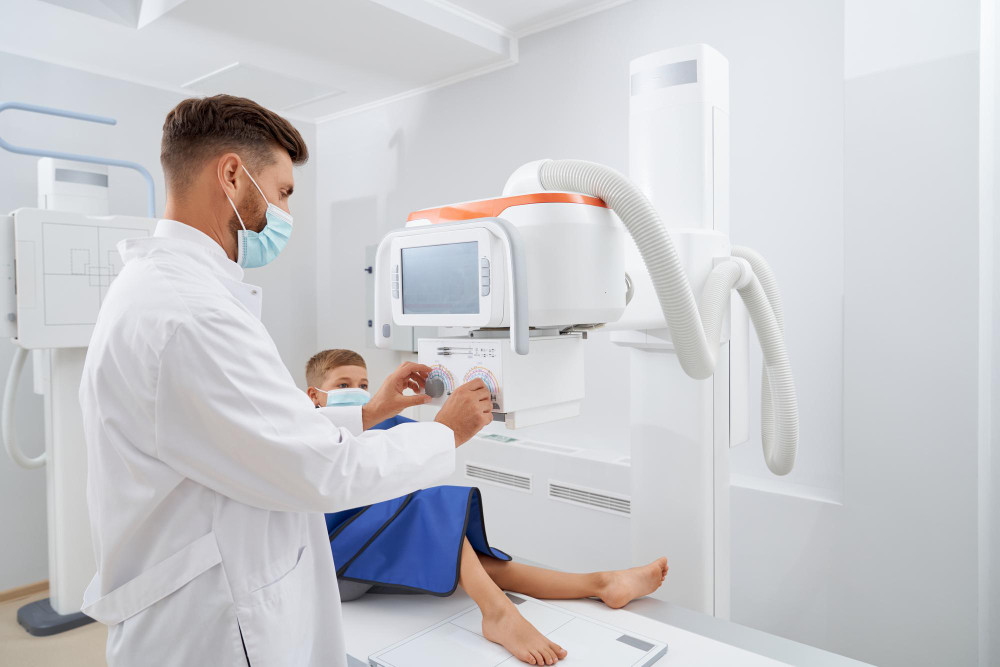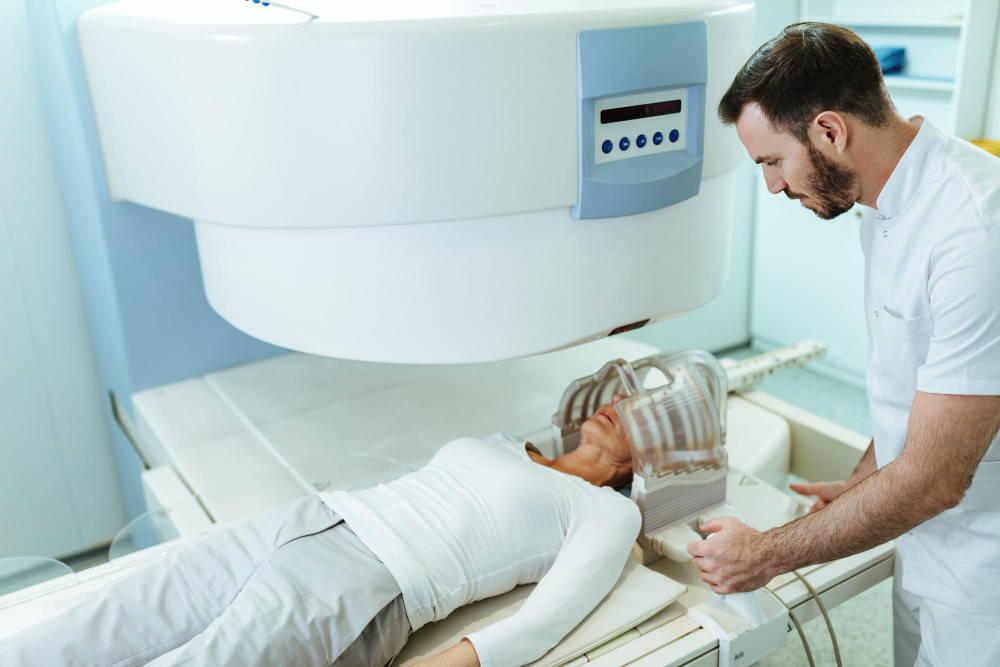Routine Scan Linked to 5% of Cancer Cases: Experts Call for Wise Use

© Freepik
What role does the overuse of medical imaging and CT scans play in cancer risk? Are there new technologies that make CT scans safer for children and adults?
Medical tests like CT scans help doctors diagnose serious conditions, saving countless lives every year.
But what if these tests come with a hidden cost? Recent studies suggest that the radiation from these scans might contribute to a surprising number of cancer cases.
Let’s explore what this means, why it’s happening, and how we can stay safe while still benefiting from modern medicine.
Can Medical Imaging Really Heighten Cancer Risk?

CT scans use X-rays to create detailed images of the body, helping doctors spot problems like broken bones, tumors, or internal injuries.
Unlike MRI scans, which use magnets and radio waves, CT scans expose patients to ionizing radiation. This type of radiation can damage DNA in cells, which may lead to cancer years later.
A 2025 study from the University of California, San Francisco, estimates that about 5% of all cancers in the U.S.—around 103,000 cases each year—could be linked to CT scan radiation.
This number is similar to cancer risks from other factors, like alcohol or obesity. The study points out that the rise in CT scan use, up 30% since 2007, is partly to blame.
The risk from a single CT scan is small, but it adds up if you have multiple scans over time.
Children and younger adults are especially vulnerable because their cells are more sensitive to radiation, and they have more years for cancer to develop.
For example, babies under one year old may face a higher risk of thyroid cancer from CT scans.
The Problem of Overuse

One big issue is that not all CT scans are necessary. Some are ordered for minor issues, like headaches or mild infections, where other tests, like ultrasounds or MRIs, could work just as well without radiation.
Experts call these “low-value scans.” The same 2025 study found that reducing unnecessary scans could prevent many radiation-related cancers.
Another problem is that radiation doses vary widely. Some facilities use doses much higher than needed, increasing the risk without improving the diagnosis.
Efforts to fix this have had mixed results. Campaigns like Image Wisely and Choosing Wisely encourage doctors to order scans only when needed and to use the lowest possible radiation dose.
But changing habits is hard, and some doctors still rely heavily on CT scans for quick answers.
How to Stay Safe

The good news is that you can take steps to protect yourself. First, ask your doctor if a CT scan is truly necessary or if another test, like an MRI or ultrasound, could work.
If a CT scan is needed, ask about using a low-dose scan. Keeping a record of your past scans can also help doctors avoid repeating tests unnecessarily.
For parents, tracking children’s imaging history is especially important, as kids are more sensitive to radiation. Websites like imagewisely.org offer tools to help you do this.
Doctors are also working to make scans safer. New technology allows for lower radiation doses without losing image quality.
In places like the UK, strict rules ensure scans are only done when needed, leading to fewer scans per person compared to the U.S.
CT scans are powerful tools, but they come with risks. By asking questions and making informed choices, you can ensure you get the care you need without unnecessary exposure.
The key is balance: use CT scans wisely, and their benefits will far outweigh the risks.
You might also want to read: France Issues Ban Due to iPhone 12 Radiation Exposure


